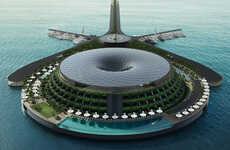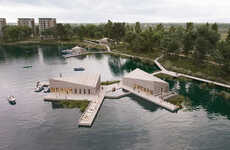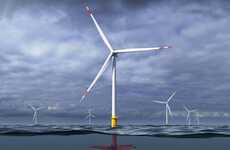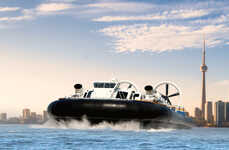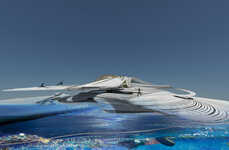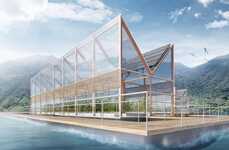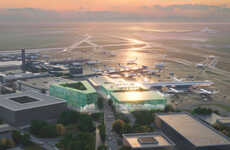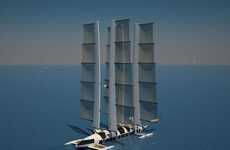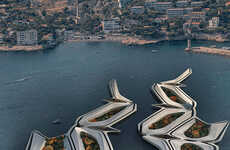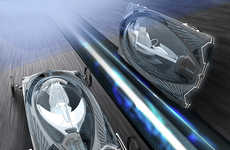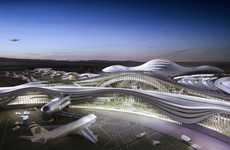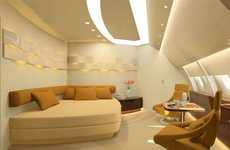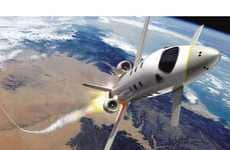
Holland Concept Features Rotating Runways
Going Like Sixty — September 28, 2008 — Art & Design
References: building
Royal Haskoning is planning a revolutionary airport in the the North Sea, just 20km off the coast of Holland, that features floating and rotating runways.
Passengers would be taken to the mainland by shuttles under the ocean via a maglev train. The 250 square kilometers of new land could take 25 years to create. They have planned for the rise in ocean levels due to global warming, however, and will install sand dunes instead of dikes.
Passengers would be taken to the mainland by shuttles under the ocean via a maglev train. The 250 square kilometers of new land could take 25 years to create. They have planned for the rise in ocean levels due to global warming, however, and will install sand dunes instead of dikes.
Trend Themes
1. Floating Airports - The development of airports that are not restricted to existing land presents opportunities for new transportation systems and infrastructure.
2. Maglev Train Technology - The use of maglev trains to transport passengers under the ocean represents a potential new form of efficient and eco-friendly transportation.
3. Adapting to Climate Change - The incorporation of sand dunes instead of dikes in new land development plans suggests a shift towards innovative climate adaptation practices.
Industry Implications
1. Aviation - The aviation industry has an opportunity to invest in and develop new technologies and infrastructure to support the creation of floating airports.
2. Transportation - The transportation industry can benefit from the development of maglev trains and other innovative transportation systems that reduce environmental impact and improve efficiency.
3. Construction - The construction industry has the potential to play a key role in the design and development of floating airports and other new infrastructure projects that arise from this trend.
3.8
Score
Popularity
Activity
Freshness

